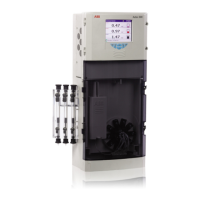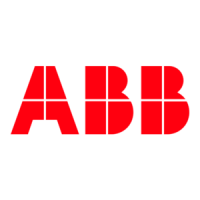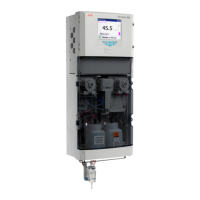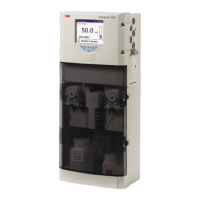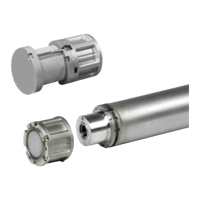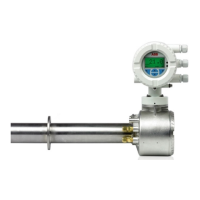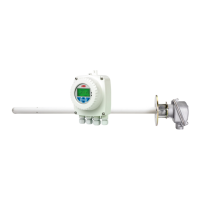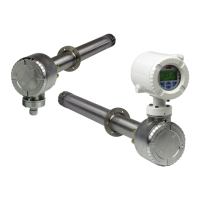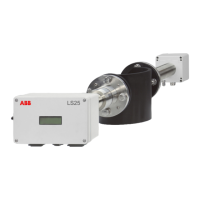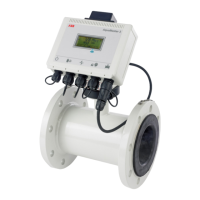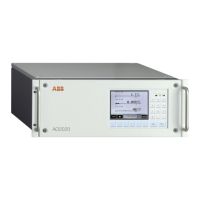What to do if ABB Aztec 600 Measuring Instruments readings are unstable?
- KKurt GlennJul 27, 2025
If your ABB Measuring Instruments readings are unstable, it could be due to several reasons. The analyzer might be showing erratic results because of the chart scaling or the units displayed. Therefore, verify that the analyzer is measuring within its specified range. Check for air bubbles or restrictions such as sharp bends in the analyzer tubing. Also, blockages in the valves or valve manifold can cause incorrect reagent or sample dosage. Finally, external factors like inconsistent chemical dosage, dirty sample lines, or changes in water quality could be the cause. Ensure the sample line(s) feeding the analyzer have sufficient flow to prevent particle settling.
